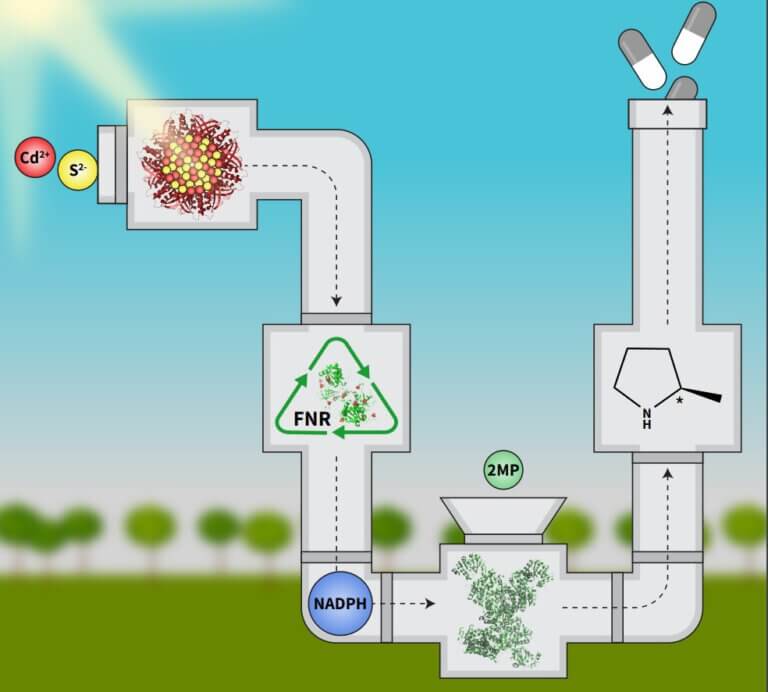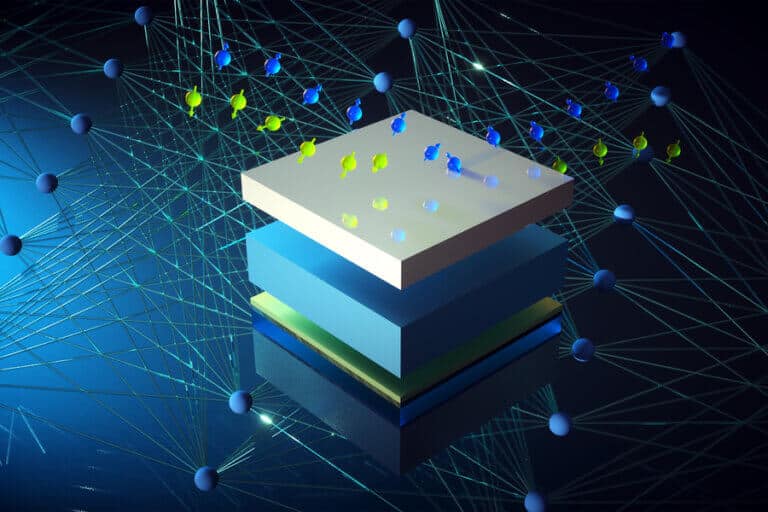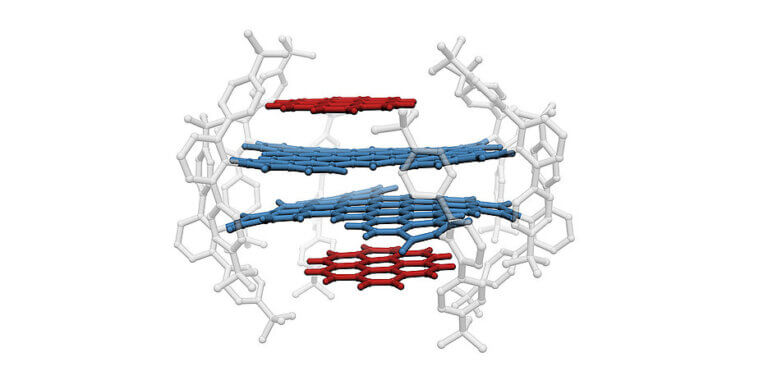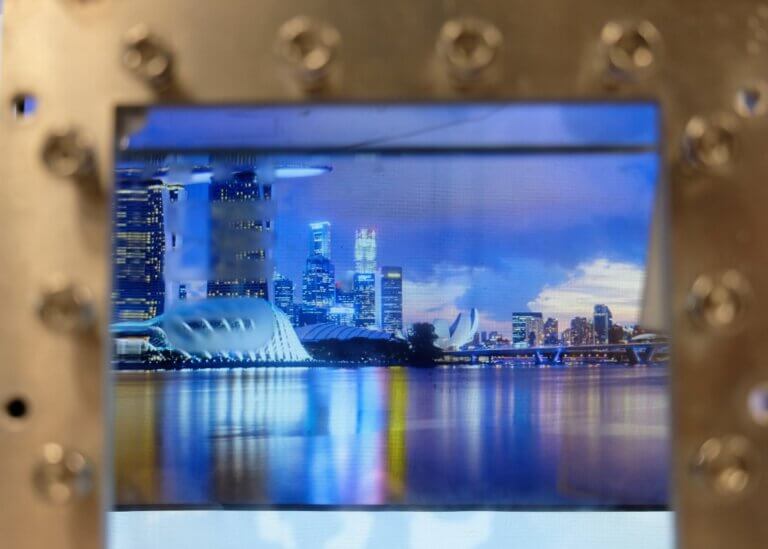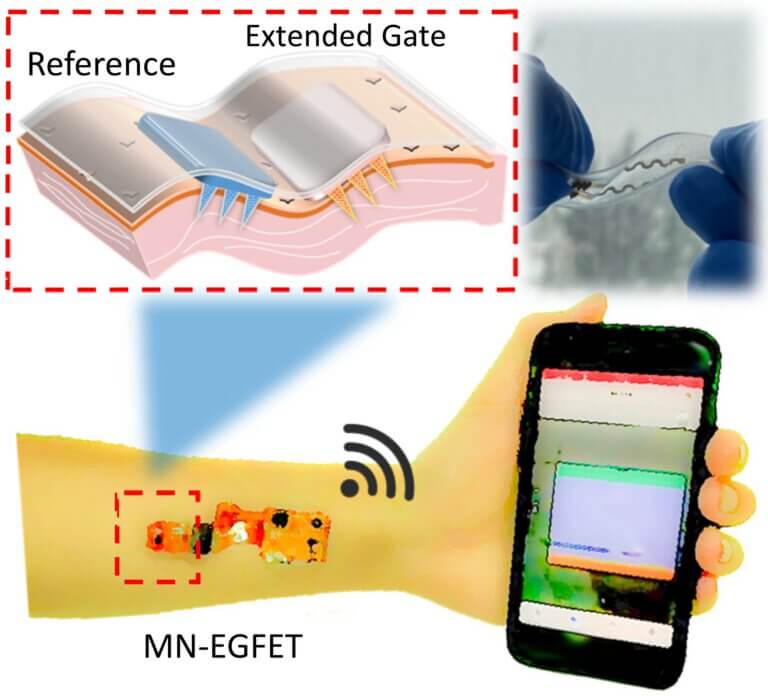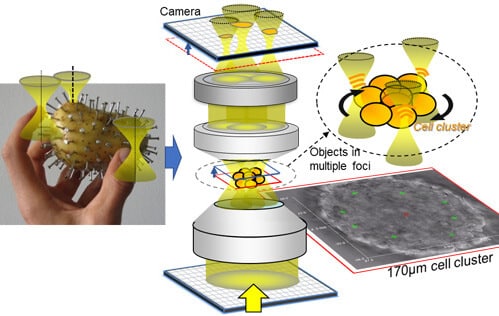Hayadan > Computing and technology > nano-tech > Nano technology
Nano technology
- The Voice of Science website - the Israel National Science Foundation
- April 25, 2024
Researchers aim to launch the second revolution in the field of spintronics - and significantly increase the amount of memory in our electronic devices
- Tel Aviv University
- April 23, 2024
A new development may accelerate the use of graphene in the nanoelectronics industry and be used in many technological applications
- Dr. Moshe Nahamani
- November 29, 2023
- No comments
The smoothness of a surface can be adjusted by changing its roughness at the molecular level - this is how researchers from Finland demonstrate
- Dr. Moshe Nahamani
- October 31, 2023
- One response
Before the successful synthesis, it was not clear if it was even possible to create such a molecule and keep it stable long enough to study its structure and its electronic properties.
- The Technion
- August 8, 2023
- No comments
Researchers from the Technion have challenged the limits of what is possible in the field of spin-optics at the atomic level. They developed a spin laser from a single atomic layer - a device that does not require magnetic fields or low temperatures
- The Technion
- July 5, 2023
- One response
Researchers at the Technion have engineered a material that may replace silicon in the world of electronics in the future; Through the stretching of the material at the atomic level, they gain control over the material's conduction and insulation properties, thus progressing towards turning it into a fast and efficient switch
- The Voice of Science website - the Israel National Science Foundation
- April 18, 2023
Researchers built surfaces that direct the growth of nanowires and nanotubes and watched their growth process in real time. The forecast for the future: building advanced devices, such as tiny solar cells
- The Hebrew University
- March 19, 2023
- No comments
A team of researchers from the Hebrew University has developed a device that is able to easily and quickly measure the properties and thickness of surfaces 35 times smaller than the diameter of a human hair. The method is expected to significantly optimize the production of solar cells, flat screens and a variety of futuristic technologies
- Weizmann Institute
- February 20, 2023
Weizmann Institute scientists present a new method for imaging a single electron
- The Technion
- February 6, 2023
- No comments
These watches have unique features including small volume and weight and low energy consumption - essential features because they are mobile components powered by batteries. The tiny clock has uses similar to those of normal atomic clocks used for example in navigation systems (GPS), synchronization between communication systems and computer systems.
- Avi Blizovsky
- January 27, 2023
- One response
Long and dense spikes formed by a sulfated polysaccharide substance found in red algae were discovered by a research group from Ben-Gurion University of the Negev to have biological activity against bacteria and fungi
- Avi Blizovsky
- December 27, 2022
- 4 תגובות
Schematic of the measurement circuit (a), theoretical model (b) and resonant frequencies as a function of the gate voltage (c, d).
- Tel Aviv University
- November 23, 2022
- No comments
- Bar-Ilan University
- September 18, 2022
Prof. Dror Pixler from the Faculty of Engineering and the Institute of Nanotechnology is developing optical tools that expand diagnostic and healing capabilities
- Dr. Moshe Nahamani
- July 26, 2022
- No comments
This discovery of superconducting graphene structures could encourage the development of practical superconducting devices
- Tel Aviv University
- July 24, 2022
The researchers who cracked the fascinating physics of crumpled sheets of paper
- Avi Blizovsky
- June 29, 2022
- No comments
Segiv and three of his colleagues from the USA won the prize for their contribution to the development of self-assembling materials * The research opens the foundations for building much smaller chips and developing a completely new type of medical diagnostic products
- Weizmann Institute
- June 26, 2022
This is according to a new study by Weizmann Institute scientists. Moreover, the scientists were able to predict in the study what the degree of connection between complete strangers would be just on the basis of their smell as picked up by an "electronic nose"
- The Technion
- May 25, 2022
- 3 תגובות
The researchers use the unique properties of nanoscale particles on the one hand, and the tremendous selectivity of biological systems on the other, to create biosystems that carry out vital processes
- Dr. Moshe Nahamani
- May 20, 2022
- No comments
- Dr. Moshe Nahamani
- March 25, 2022
- No comments
Researchers have recently succeeded in developing columns of nanographene, several layers of nanographene stacked one above the other, molecular systems that can be used in the future as functional elements, for example in solar cell applications
- Angle - a news agency for science and the environment
- March 15, 2022
A new Israeli-Singaporean development makes it possible to prevent solar radiation from entering the home through the window - without damaging the view
- The Technion
- February 10, 2022
- No comments
The system developed by the Technion researchers is based on smart micro-needles, which are fixed inside a sticker (plaster) that adheres to the skin. The system continuously monitors the patient's medical condition and sends the data to him and his doctor
- Dr. Moshe Nahamani
- January 9, 2022
- No comments
Scientists have succeeded in developing a feedback-controlled optical pickup consisting of highly focused laser light. This forceps can grasp clusters of cells in a controlled manner and rotate them in any direction. This approach will make it possible to more accurately examine tiny biological objects, such as cancerous tumors
- The Technion
- November 30, 2021
- 2 תגובות
Technion researchers have developed a smart plaster that closes the surgical incision by itself and also accelerates and monitors the healing process

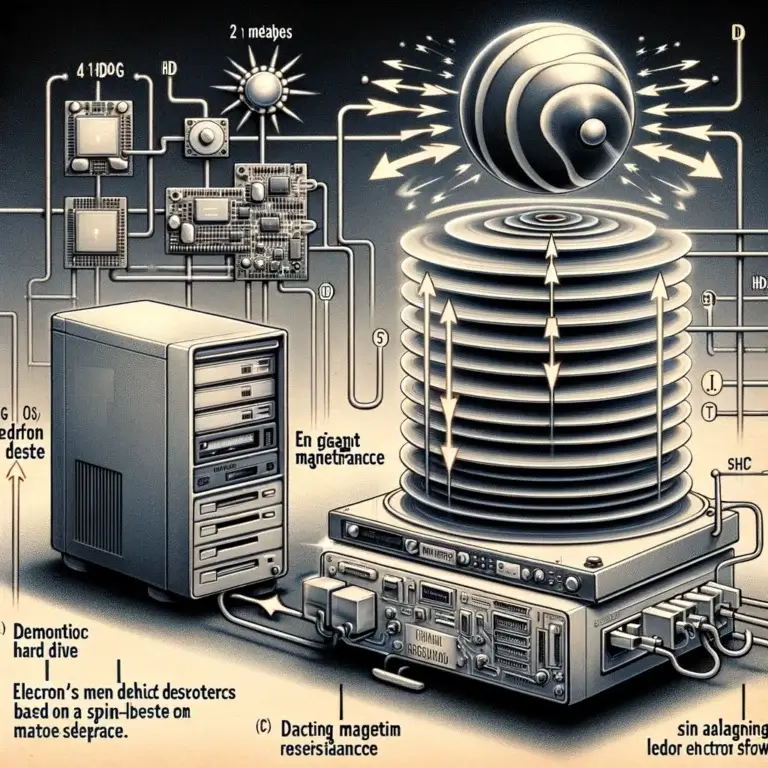
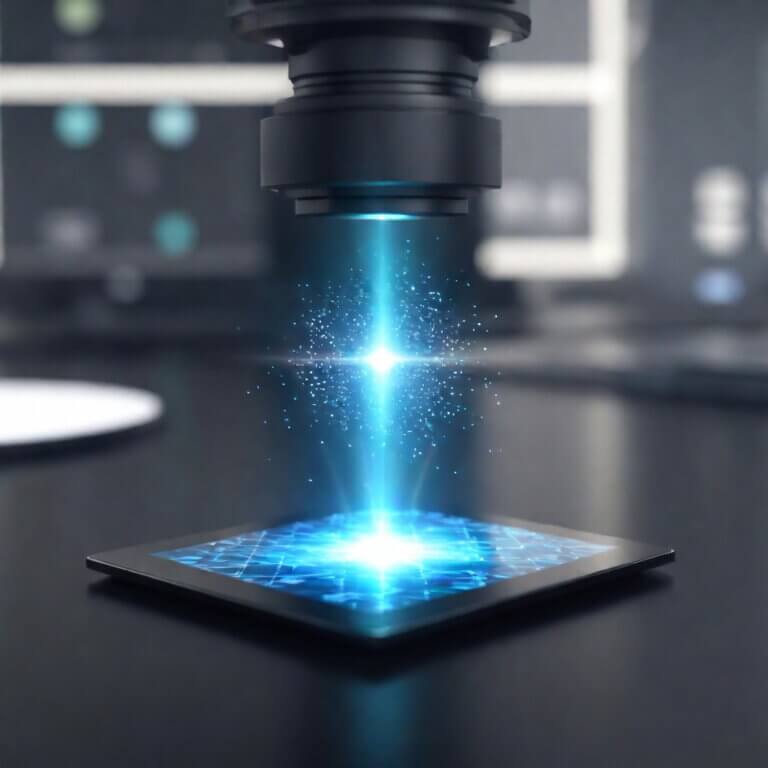
![Computer simulations showed that changing the coverage of the monolayer changed the smoothness of the surface. Both low coverage and high coverage produced very slippery surfaces, but for different reasons. [Source: Sakari Lepikko et al 2023]](https://www.hayadan.org.il/images/content3/2023/11/530361_s415570230134636_981234.jpg)
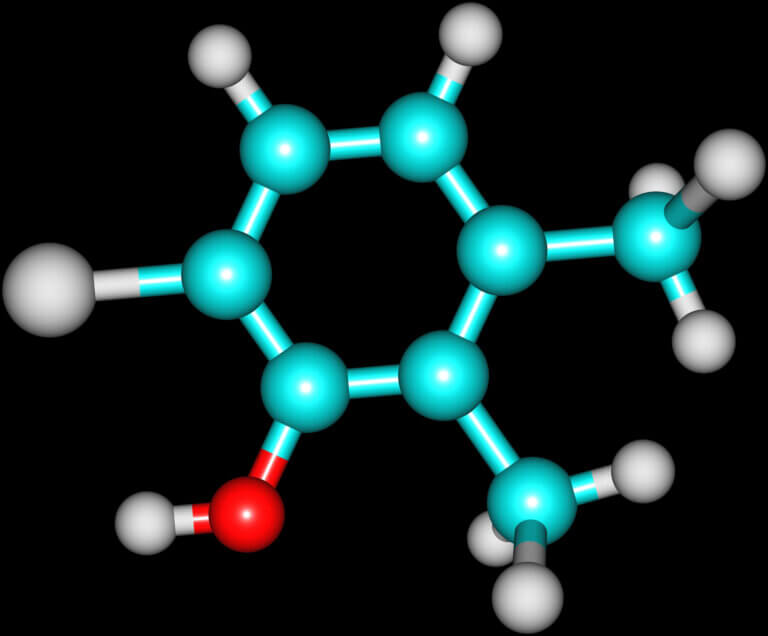
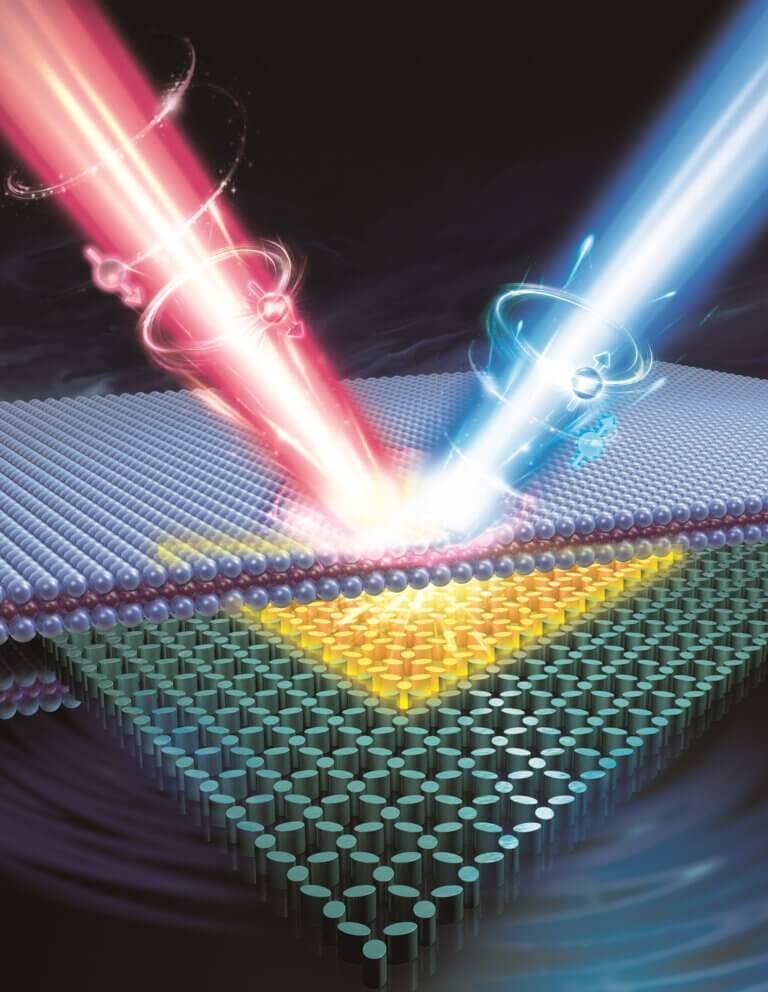

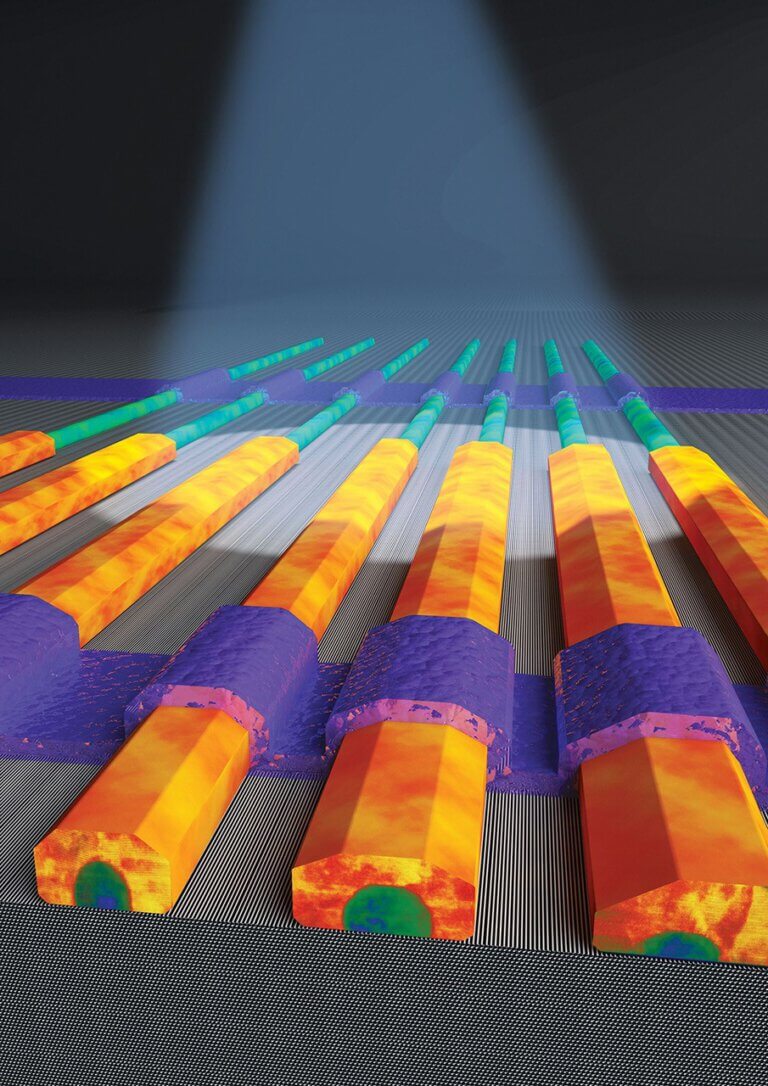
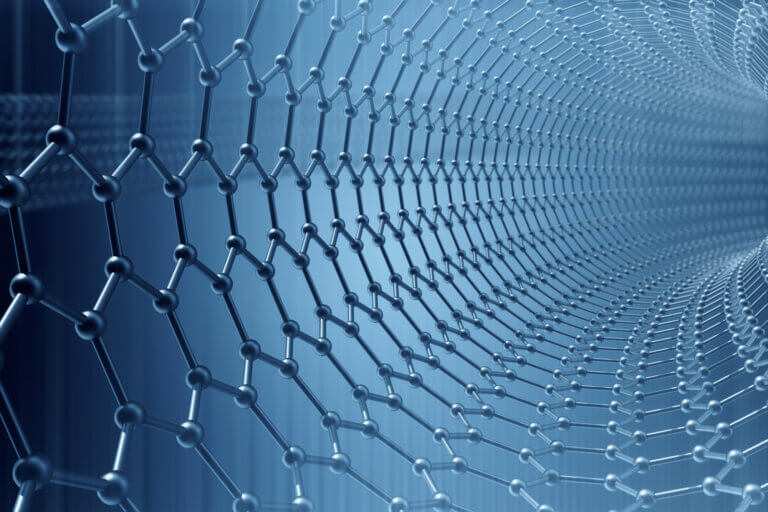
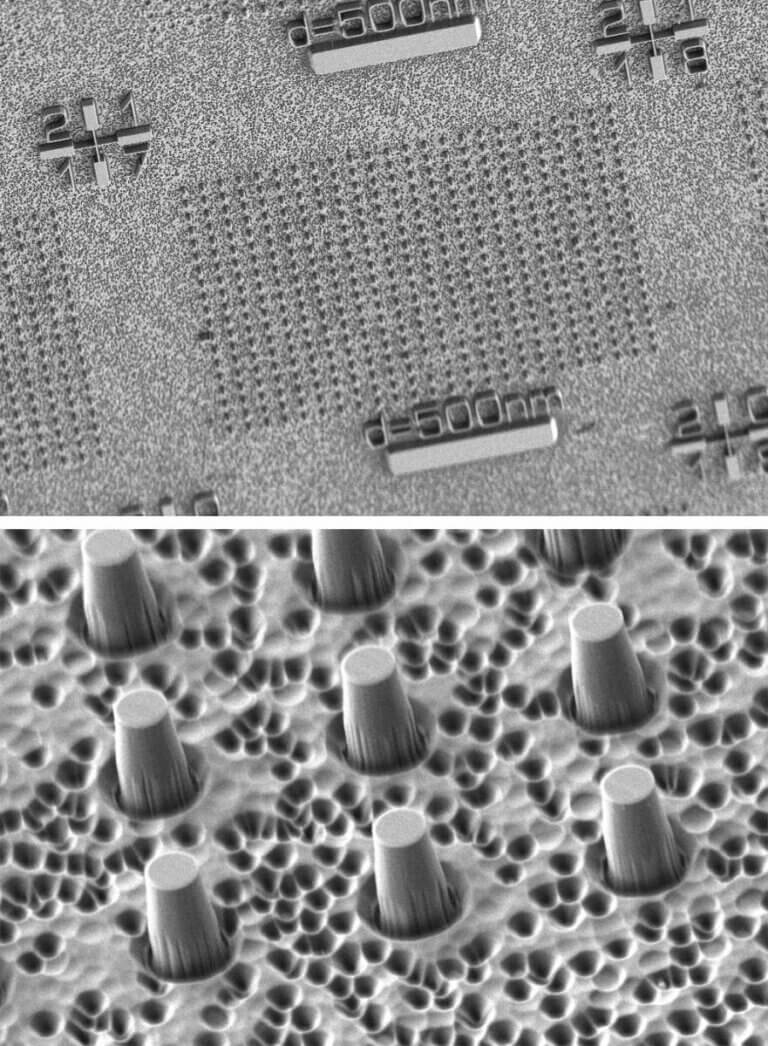
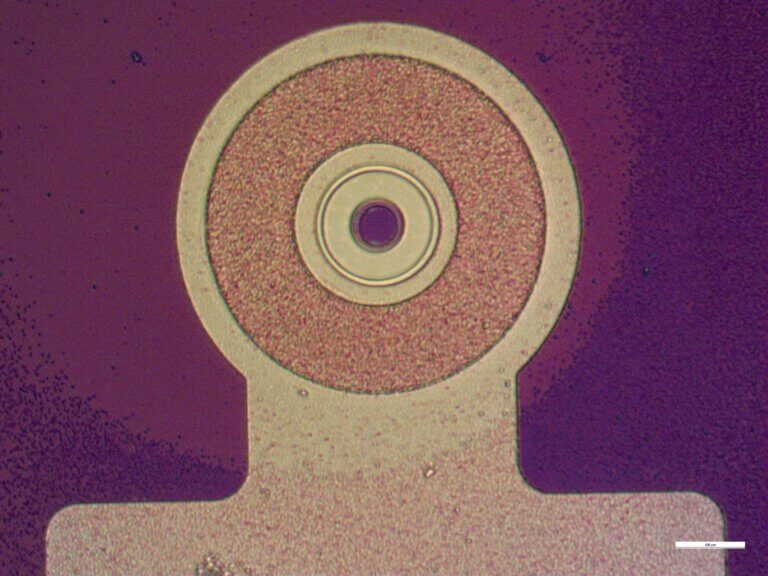
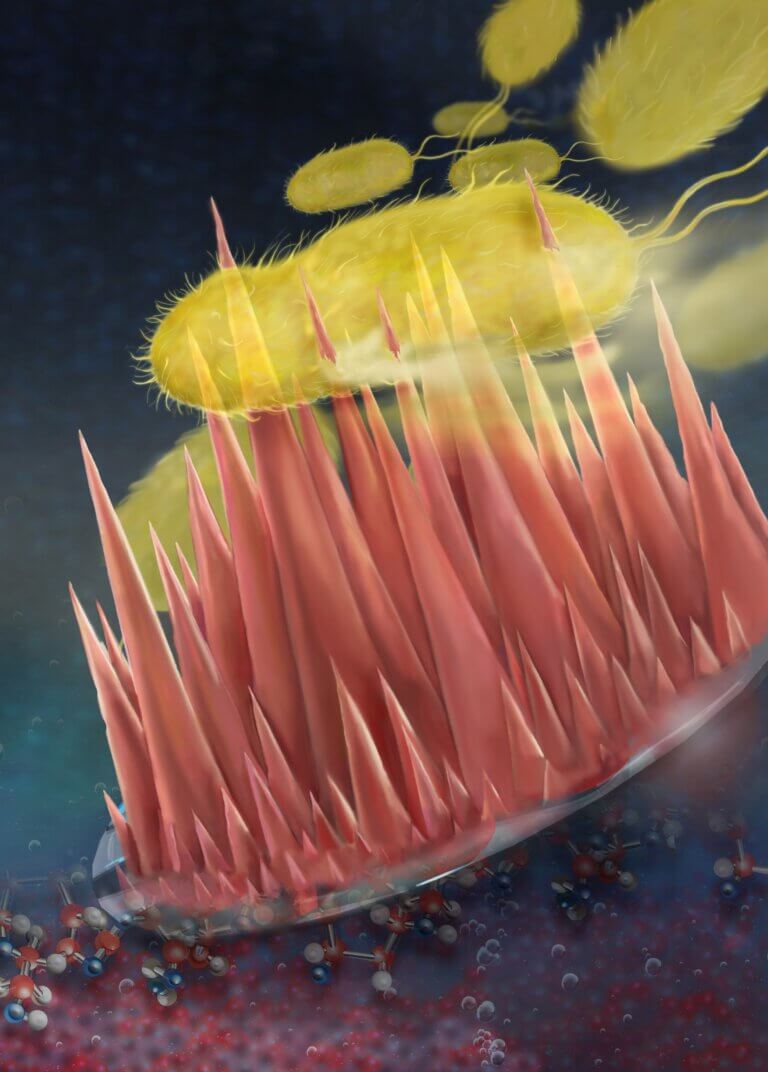
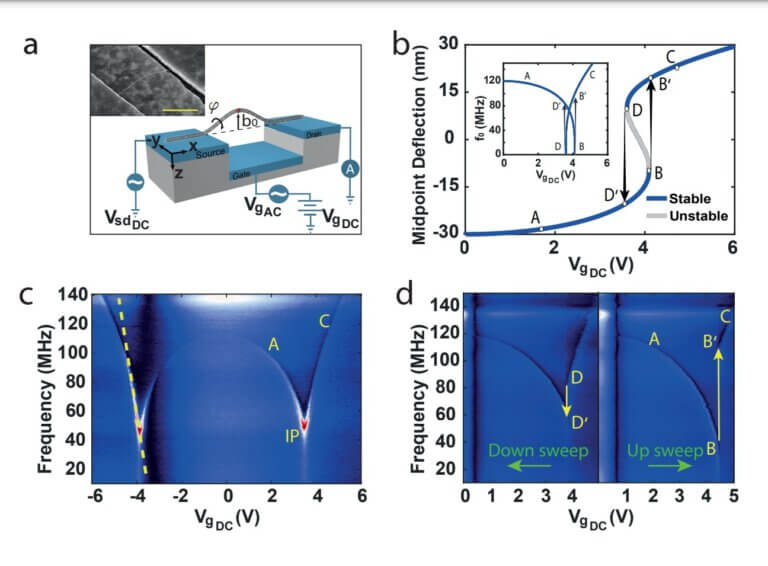
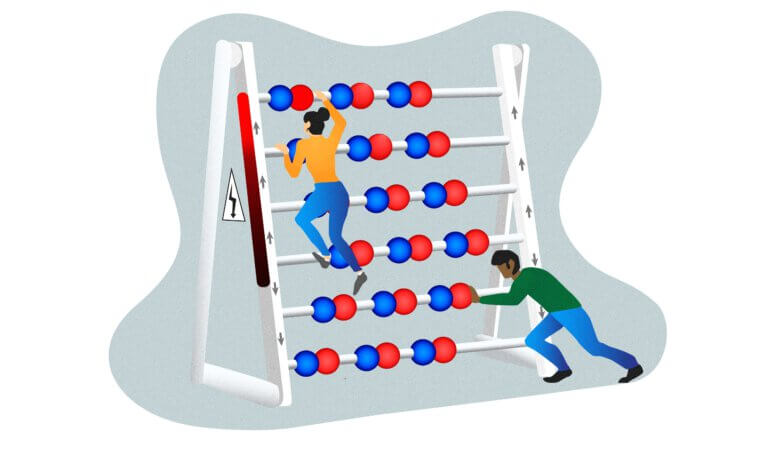

![Illustration showing superconducting electron pairs within a multilayer graphene structure at the magic angle. Courtesy: [Ella Maru Studio]](https://www.hayadan.org.il/images/content3/2022/07/superconducting-Cooper-pairs-768x707.jpg)



